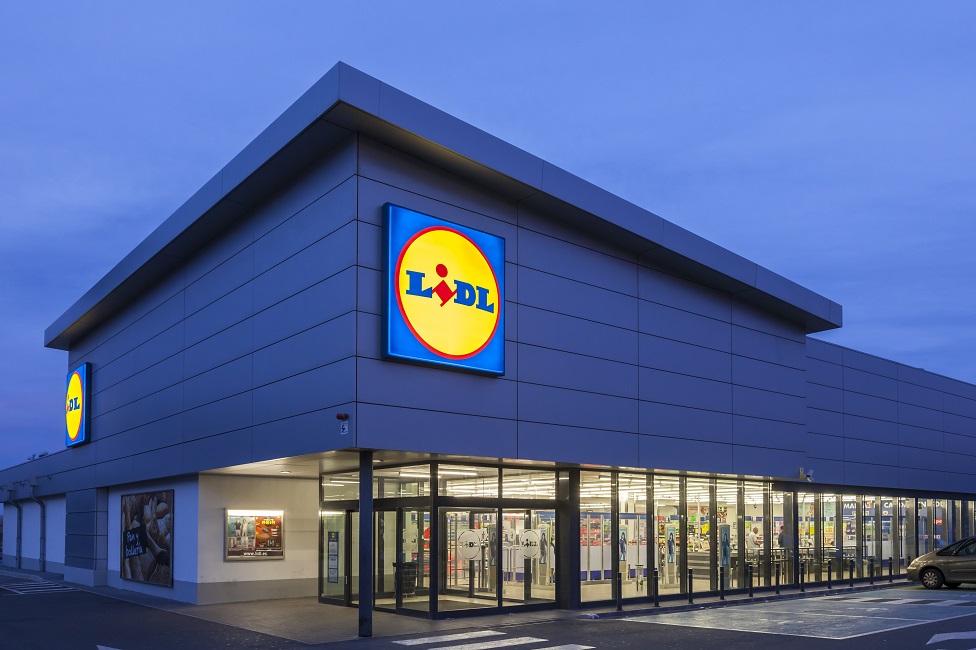Discounters such as Aldi and Lidl are on a roll but facing cannibalisation
The darlings of the media and the bargain-seeking public alike are receiving less airtime now than over the last few years. The story has largely ceased to be newsworthy as both Aldi and Lidl have succeeded in becoming embedded in the retail fabric across the UK. Everybody knows the message – no frills, good quality, low prices.
3 minutes to read
The number of stores and market share captured have doubled in the space of three years. This external view will remain constant but there are some interesting property- centric factors playing out behind the scenes.
Aldi believe they can double their estate from 750 to 1,500 stores. They also state there are ca. 400 catchments across the UK with the necessary 10,000 population base to support a new store.
Likewise, Lidl plan to significantly expand their network, with their decision to open up to agents and developers providing significant impetus to their ambitions. There are currently rich pickings for both developers and landowners.
But the discounters face headwinds. The proliferation of stores has created situations where new outlets are cannibalising existing sales, which can dilute returns if under-forecasted. As store numbers grow, this becomes increasingly prevalent.
Aldi have a pipeline of c.300 sites with board approvals – a number of these will not be developed due to under-forecasted impact.
There are also areas across the UK – parts of the north especially – where the discounters have been so successful they have reached saturation point. But the opposite is also true and there are still large coverage gaps across parts of the south. Some areas will remain impenetrable despite the appetite to develop, given the lack of developable land and alternative values.
"The discounters have doubled in size and are now embedded in the national psyche as a popular and permanent part of the retailing community"
The discounters are also increasingly nervous about rental deals and committing to long leases with inflation- based rental uplifts. They risk walking into the same storm that the Big Four did previously, whereby sales are growing at a slower rate than costs (notably rents) are rising.

Aldi believe they can double their estate from 750 to 1,500 stores. They also state there are ca. 400 catchments across the UK with the necessary 10,000 population base to support a new store
The business model of strong trade with low margins means they simply cannot sell enough to generate the profits needed to cover the rising rental costs. The net result being unprofitable and overrented stores.
"The proliferation of stores has created situations where new outlets are cannibalising existing sales, which can dilute returns if under-forecasted. As store numbers grow, this becomes increasingly prevalent."
The willingness to sign rental deals to secure new stores will still be there but will be more selective going forward. Leases will not go beyond 15 years before the retailer has the ability to break – or renegotiate terms to remain in occupation.
The discounters are also facing up to the resurgence of the Big Four. They are also upping their game, but the range of goods and the quality perception is a tough battle to fight.
Rising input and operational costs are also hitting profitability – a bit like the owner of a secondary shopping centre, they are having to run fast to stand still.
On the face of it, the discounters will continue expanding rapidly with new store openings aplenty. This year another 70 Aldi stores will open. Market share growth will continue apace.
But peer behind the scenes and new challenges are being faced. However, the war has largely been won – the discounters have doubled in size and are now embedded in the national psyche as a popular and permanent part of the retailing community.